A Reflection on the loss of Modernist Architecture in Raleigh, NC
February 16th, 2009
Many of those who spend their workday in a Modernist style building may consider it to be ugly, dated, or simply boring. A twelve year veteran of the News & Observer referred to the paper’s 1950s office building as “beautiful in it how grotesque it isâ€. There are few architectural styles as divisive as Modernism is.
The National Park Service refers to Raleigh as a “proving ground for the architectural movement known as Modernismâ€, and for good reason. Henry Kamphoefner, the first dean of the College of Design, was instrumental in recruiting several Modernist architects to the area as both faculty members as well as practicing architects. Among these pioneers were Matthew Nowicki, Milton Small, Carter Williams, George Matsumoto and Edward Waugh.
In recent years, some of the most prominent examples of commercial Modernist architecture in the area have been demolished or are currently slated for demolition. Typically resting just shy of the 50-year life span which would allow protection as a historically significant structure, it is often decided that the prime real estate they occupy would be better suited for a more imposing building. Raleigh’s landscape is dotted with the scars of architectural gems already lost –the ubiquitous surface parking lot.
However, preserving these structures isn’t simply a matter of protecting the reminders of the past, it’s also about urban planning and design that creates less of an impact on our environment. Each time we construct something new rather than adapting or building on to it, we harvest more resources from the Earth as well as waste more economic resources in the process.
The most significant of these doomed structures is the former First Federal Savings and Loan building (aka the Garland H. Jones County Office Building). It is the last remaining example of high modernism in downtown Raleigh. Clearscapes architect Jon Zellweger penned the article “Everything Comes At A Price — A Living Eulogy For The Garland Jones Office Building†on the blog newraleigh.com, and offered the following commentary that explains the appeal to those who wish its fate weren’t resigned to destruction:
“Its modest scale relates more to historic Raleigh structures like the Briggs Hardware Building or the adjacent Lawyer’s Building. Its windows also recall historic proportions without superficially copying them. A lively dance of colored panels is more painterly and mural-like than a stolid building wall. It should be noted that the new Convention Center will have a high tech, kinetic version of these panels when it opens later this year. Really just a glorified ventilation louver, it calls upon our desire to create something energetic and unique to make our places special. As a counterpoint to the blue panels, white marble adorns the Salisbury street façade which originally provided a lavish backdrop for the First Federal’s dramatic, razor-like sign. Softened by the stone’s veining, the panels are at the same time sensual and commanding.â€
There must be a way to preserve the architectural heritage of our great city while still looking toward the future, however. But when preservation is impossible, we can still document our losses through photography and the written word to reflect on a historic era in urban design in Raleigh.

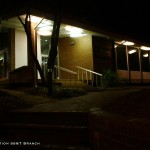

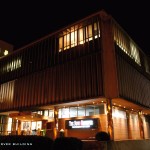
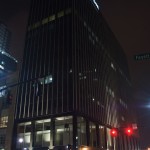

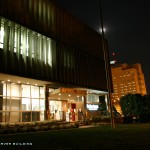


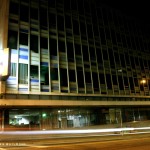

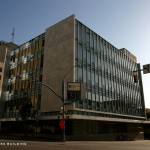
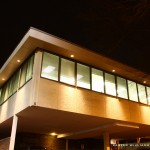
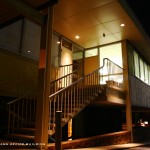

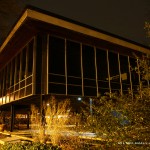
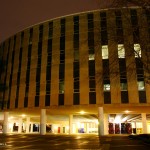

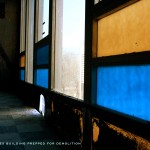
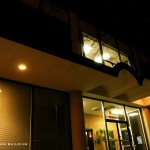

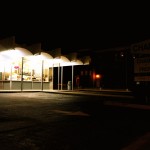
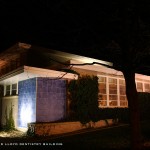
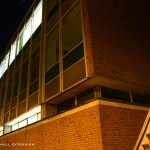
 Sign up for the Newsletter
Sign up for the Newsletter